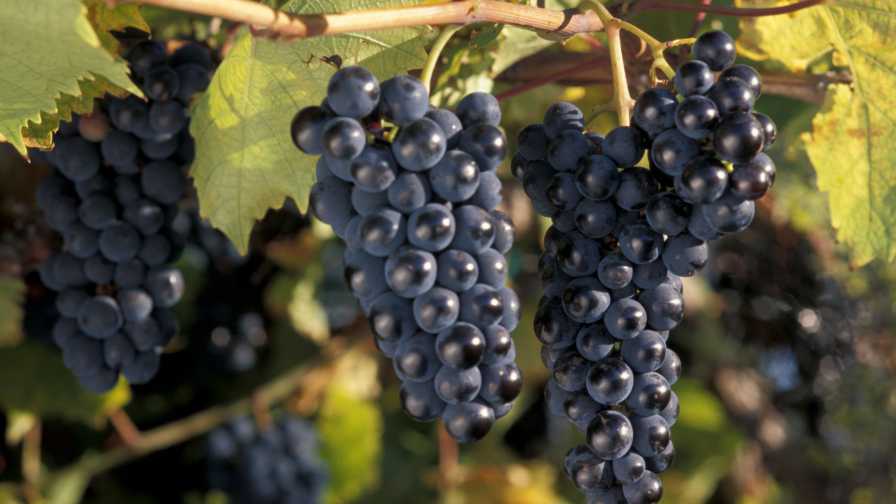Managing Nitrogen In Organic Vegetables
Editor’s Note: Hayden is a research assistant at Michigan State University (MSU). Mathieu Ngouajio and Daniel Brainard, who are professors in the Department of Horticulture at MSU, also contributed to this article.
AFTER water, nitrogen (N) is the nutrient most often limiting to crop production. This is because plants require relatively large amounts of N, and its availability is extremely dynamic in soils, with many opportunities for it to be lost during and between seasons. Losses of N from fields (through leaching or to the atmosphere) not only harm the environment but can hurt farm profits.
Compared with synthetic N fertilizers, organic sources of this commodity generally have low N concentrations and more limited availability in the first season following application to the soil. As a result, it is harder to introduce large amounts of plant-available N using organic green manures or fertilizers. This is excellent news for the environment, but it also means that N is a precious commodity on organic farms, and care must to taken to ensure that as much of it as possible ends up when and where we want it. Cover crops can help in achieving this goal.
The Role Of Cover Crops
Cover crops provide many diverse services on the farm, from weed suppression to erosion control, and how well a cover crop performs will depend on the balance between its different functions and the farmer’s principal goals. Services that cover crops can provide specifically related to N management include taking up residual N from soils, fixing new sources from the atmosphere, and delivering recycled or fixed N to crops.
Building soil organic matter with cover crops is always a good thing for N fertility in the long run. While not entirely distinct from each other, the major N management goals for cover crops can be divided broadly into reducing N losses outside of cropping windows, and increasing N availability for crops during the growing season.
Reducing Nitrogen Losses
This nutrient is most vulnerable to being lost when soils are warm, wet, and bare. These conditions are commonly met in early spring, late summer/fall, and sometimes in the middle of the summer — all excellent windows to consider including cover crops in your rotation to scavenge N.
Grass species are generally the best scavengers, but brassica family species (such as mustards and oilseed radish) can also be effective options. Legumes will also search for N, but may be less effective than non-legumes.
Increasing Nitrogen Availability
Nitrogen from cover crops is made available for vegetable crop use through the activity of the soil microbes, as killed cover crop residues decompose. Legume cover crops are particularly important as a source of N fertility because they can fix this nutrient from the atmosphere, providing a source of “new” N fertilizer for the farm that is readily available.
Nitrogen scavenged from the soil by non-leguminous cover crops can also contribute to increasing N availability for subsequent crops — but the quality of the residue matters. When microbes decompose cover crop residues that contain less than 2% N (most grasses), available soil N can be immobilized by the microbes and made unavailable for crop use in the short term.
On the other hand, cover crop residues with more than 2% N (legumes and mustard family species) will generally increase available N as they decompose.
Managing N fertility from these “high quality” cover crop residues includes understanding how much N we can expect to become available, and when.









